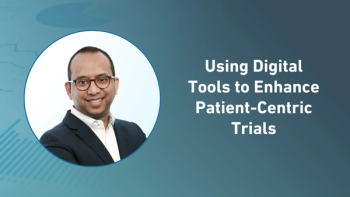
DCRI Study Shows Limited Use of Open Trial Data Platforms
The study authors surmised that the lack of validation studies of initial trial results reflected that one goal of open access is not being met. Further, they believe that the limited use indicates a “failure to get the word out “ to researchers.
Duke Clinical Research Institute (DCRI) examined the early use of platforms designed to provide access to individual patient data, developed to increase transparency of clinical trial data, and found the use has been limited. The DCRI team explored three open access platforms – ClinicalStudyDataRequest.com, the Yale University Open Data Access Project (YODA), and the Supporting Open Access for Researchers (SOAR) initiative – to determine how many clinical trials were publicly available to investigators and how these open trial data were being used. Although more than 3,000 trials are currently available, only 15.5% had been requested. Most proposals did not focus on validating the primary results of the trial, instead suggesting secondary uses such as epidemiological studies, subgroup analyses, analyses of the disease state, or predictors of treatment response.
In a release, the study authors surmised that the lack of validation studies of initial trial results reflected that one goal of open access is not being met. Further, they believe that the limited use indicates a “failure to get the word out “ to researchers.
Ann Marie Navar, MD, PhD, the study’s lead author, told Applied Clinical Trials in an email response that they believe the reasons for lack of validation studies of original results is due to three economic factors. “There are no mechanisms in place to fund this type of research. Next, there may not be much scientific incentive to do this work. Studies that confirm the primary analyses are unlikely to be published in high-impact journals. Finally, as demonstrated by the variety of other projects being conducted using these data, researchers are more interested in their own original scientific questions than repeating others' analyses.”
Dr. Navar also responded that the publication of studies such as theirs, will help improve visibility of the platforms. “We also hope that as the studies using these data are completed that they acknowledge the mechanism through which data were accessed. To date, only one analysis has resulted in a publication. As more studies are completed and published, visibility should increase.”
The results were published in the March 22 issue of the Journal of the American Medical Association (JAMA).
Read the full
Related articles
Newsletter
Stay current in clinical research with Applied Clinical Trials, providing expert insights, regulatory updates, and practical strategies for successful clinical trial design and execution.





.png)



.png)



.png)
.png)
